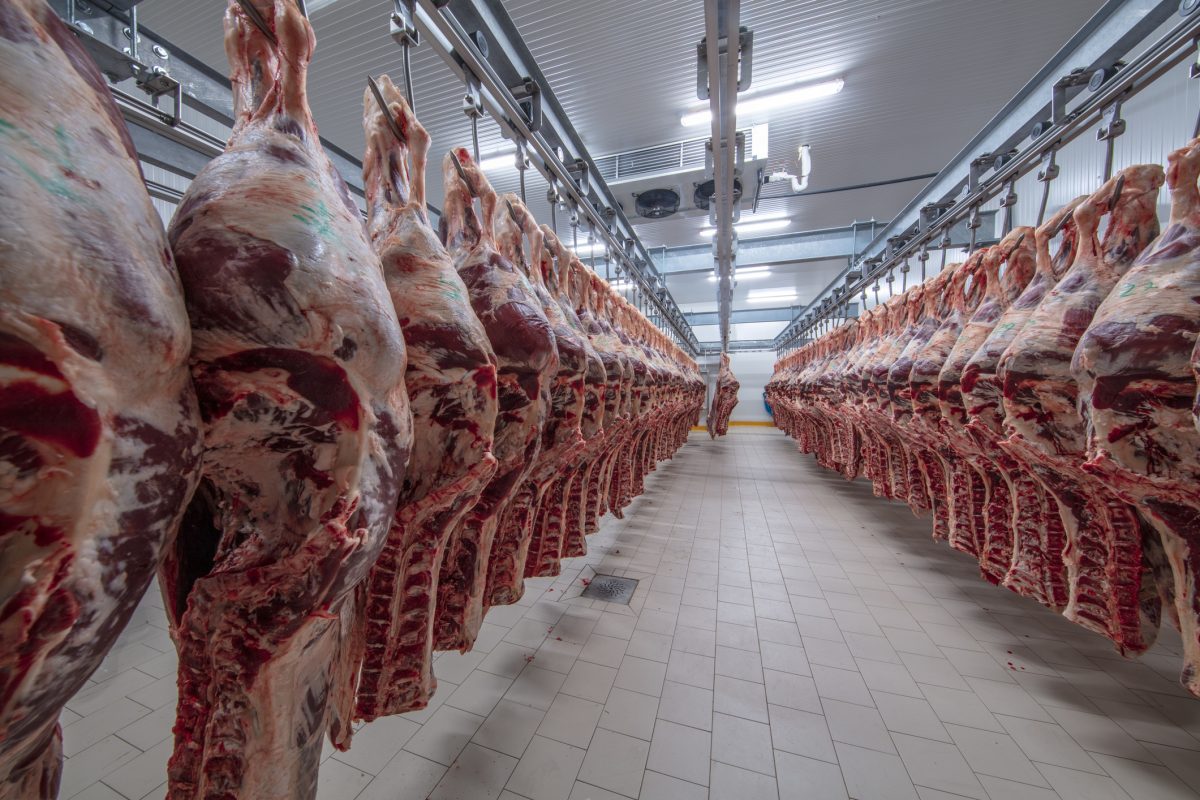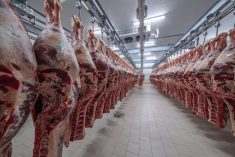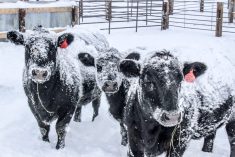A draft of a new “recommended code of practice” for care and handling of dairy cattle is open for public comment until mid-February.
Dairy Farmers of Canada (DFC) announced in a release Wednesday that it has completed the work it began in 2006 to revise its 1990 Dairy Code of Practice, using the National Farm Animal Care Council’s (NFACC) new pilot process for the development of livestock care codes.
The federal government, through its Advancing Canadian Agriculture and Agri-Food (ACAAF) program, provided funding to develop the DFC’s newly revised draft code, which can now be viewed online at NFACC’s website.
Read Also

U.S. livestock: Cattle, hog futures rebound
Chicago cattle and hog futures regained lost ground on Thursday. Most-active February live cattle futures closed at 235.275 cents a…
NFACC said on its site that DFC has “agreed to test pilot the new process through a revision of their (the DFC’s) code. The expectation is that through a pilot project with the dairy industry, a new NFACC code process will be finalized.”
The code is available for public comment up until a deadline of Feb. 13, using the submission process as outlined on the NFAAC site. A final recommended code of practice for the care and handling of dairy cattle is to be ready by March 31, DFC said.
“The primary end user and target audience for the Dairy Code is the farmer,” said dairyman Michael Hall, the DFC’s committee chair for the code’s development, in the group’s press release Wednesday.
“However, codes will also be used by others and should reflect standards that are acceptable to society as a whole. Dairy farmers are committed to responsible animal care practices that are based on sound science. This is reflected within the draft Dairy Code.”
Clear science
“This experience has really demonstrated what can be accomplished when participants dedicate themselves to a code process that uses the best scientific evidence available,” said Geoff Urton, a representative of the Canadian Federation of Humane Societies on the code development committee.
According to DFC, NFACC’s code of practice development process is meant to more clearly illustrate the links between science and the recommendations in the code. Among other things, it also “more clearly distinguishes between requirements for care and recommended best practices.”
For example, in its section on shipping and receiving cattle, the 73-page draft code for dairy cow care makes it a specific requirement that electric cattle prods not be used on calves under four weeks old, nor on a dairy animal’s face, anus or reproductive organs, and that loading and unloading procedures in the federal Health of Animals Regulations must be respected.
A recommended best practice under the draft dairy code, by comparison, would be to move cattle just in small groups and lead them “calmly and quietly” without yelling or whistling, or to ensure all animal handlers are trained beforehand in proper practices for loading or unloading.
DFC said the NFACC process will play an “important role” in educating producers about what constitutes “appropriate” animal care practices and communicating industry standards to downstream stakeholders who require such information.
Plus, the code development process will make it clear to Canada’s trading partners that the country “has a process for identifying, communicating, and ensuring sound farm animal care practices,” DFC said.














